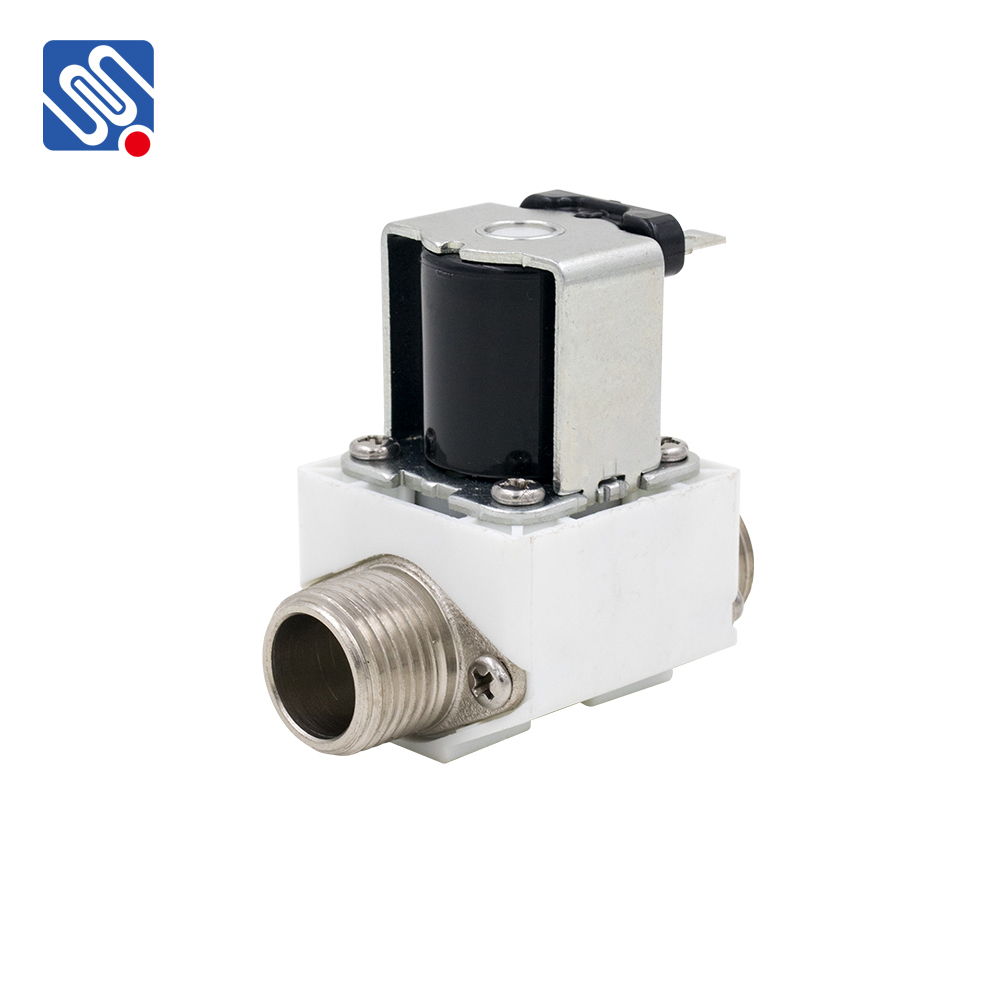A High Flow Solenoid Valve (HFSV) is a vital component in many industrial applications that require precise fluid flow control. These valves are designed to handle larger volumes of fluids, including gases and liquids, at high flow rates, providing a crucial role in numerous systems. The ability to control fluid dynamics efficiently makes HFSVs indispensable in sectors such as manufacturing, automation, HVAC, automotive, and more.

What is a High Flow Solenoid Valve? A solenoid valve is an electromechanical device used to regulate the flow of fluids. It consists of a solenoid (electromagnet) that, when energized, causes a plunger to move and either open or close the valve. This enables it to control fluid flow based on electrical signals, offering a reliable, automated solution for fluid control. A High Flow Solenoid Valve, as the name suggests, is specifically designed to handle large volumes of fluids without compromising its responsiveness or efficiency. Design and Functionality High Flow Solenoid Valves are built to accommodate much higher flow rates compared to traditional solenoid valves. They typically feature larger valve openings, powerful actuators, and reinforced materials that can withstand the pressure associated with high-flow applications. These valves can be constructed from materials like stainless steel or brass, which ensure durability and resistance to corrosion in harsh environments.
Leave a Reply
You must be logged in to post a comment.